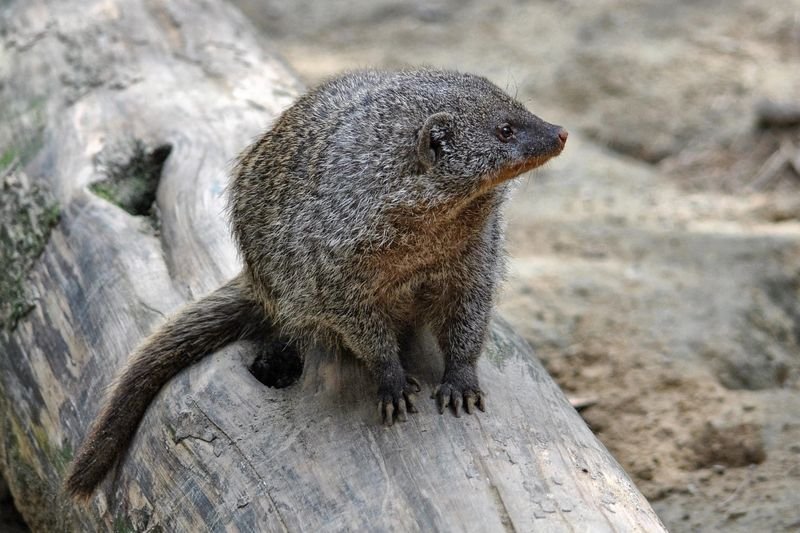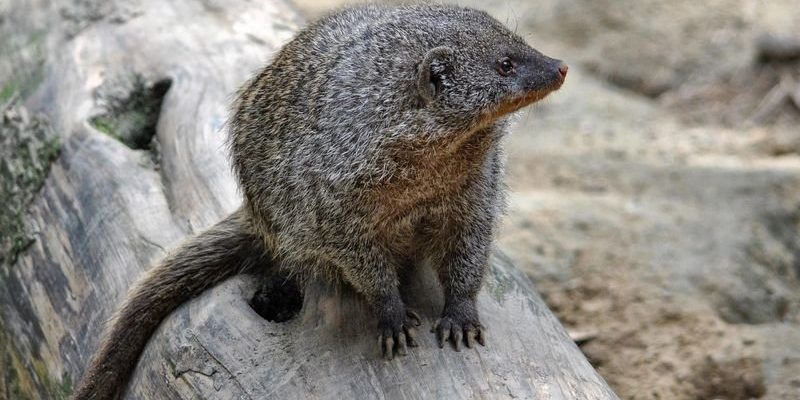
Just imagine sitting down with your favorite cup of coffee and chatting about how animals reflect our human experiences. The mongoose, with its quick reflexes and fearless nature, serves as a great metaphor for facing challenges head-on. Let’s dive into the rich tapestry of stories and symbols where the mongoose finds its place. You might just discover how deeply intertwined these creatures are with human culture.
The Mongoose in Indian Folklore
In India, the mongoose holds a special place in folklore, symbolizing courage and loyalty. One of the most famous tales is that of the mongoose and the farmer’s baby. In this story, a farmer seeks to protect his child from potential dangers, including venomous snakes. The clever mongoose kills a snake that threatens the baby, but tragedy strikes when the farmer, misjudging the scene, mistakenly believes the mongoose has harmed his child. This tale teaches lessons about trust, misunderstanding, and the harm of hasty judgments.
What’s fascinating is how the mongoose is often depicted as a protector in Indian culture. In many households, people will share stories where the mongoose saves the day. They act almost like guardians, showcasing loyalty and bravery. This portrayal shows us how societies use animals to convey moral lessons, framing the mongoose as a character embodying true friendship and courage.
Mongoose Myths in African Culture
Across various African cultures, the mongoose often pops up in traditional stories. In some tribes, it is seen as a trickster, reminiscent of the cleverness of the coyote or raccoon in Western myths. One well-known story involves the mongoose outsmarting a lion or other larger predators. This showcases the theme that size doesn’t determine strength. Instead, mental agility and strategy can triumph over brute force, which resonates with many life lessons.
These tales are often woven into community teachings, positioning the mongoose as a character who teaches kids about cunning and resourcefulness. In many ways, this aligns with the everyday challenges people face: navigating through life’s obstacles with intelligence and creativity is often just as valuable as sheer strength.
The Mongoose in Literature and Popular Culture
Moving beyond folklore, the mongoose has also made a splash in literature and modern media. One standout example is *Rikki-Tikki-Tavi*, a short story by Rudyard Kipling, where a brave mongoose battles cobras to protect a family. This story touches on themes of bravery, loyalty, and the fight against evil.
In *Rikki-Tikki-Tavi*, we see a classic hero’s journey. The mongoose starts as an outsider but quickly becomes a crucial member of the family, defending them against various threats. The story emphasizes the importance of courage, whether facing a snake or dealing with personal fears. This representation has endeared the mongoose to readers of all ages, making it a timeless character that embodies the fight for love and safety.
Cultural Symbolism of the Mongoose
The symbolism surrounding the mongoose varies widely depending on the culture. In Hinduism, for example, the mongoose is often associated with festivals and rituals, viewed as a sign of good luck. Its presence is sometimes sought after during important ceremonies, as it is believed to bring blessings and ward off bad spirits.
Conversely, in some African cultures, it can symbolize transformation or adaptation. The way the mongoose survives in different environments and adapts to challenges mirrors how people might adjust and change in their lives. This dual representation shows how individual experiences can shape our perception of animals in a cultural context.
Mongoose in Art and Media
Artistic representations of the mongoose can be found in various forms, from paintings to animations. Its unique features – sleek body, expressive eyes, and swift movements – make it an appealing subject for artists. In many pieces, the mongoose is depicted in action, embodying its energetic nature and cleverness.
In films or animated series, the mongoose often serves as a sidekick or a wise character, much like the squirrel or rabbit in Western animations. This role emphasizes the idea of cleverness over sheer strength, reinforcing the mongoose’s reputation as an intelligent and adaptable creature.
The Mongoose’s Role in Environmental Narratives
In recent years, as conversations about wildlife conservation and environmental sustainability grow louder, the mongoose has become part of these discussions. Its role in ecosystems, especially as a pest controller by hunting snakes and rodents, highlights its importance. By educating people about the mongoose and its behaviors, we underscore the need to protect various species that play integral roles in their habitats.
Moreover, there are initiatives in certain regions aiming to raise awareness about how vital these creatures are to maintaining a balance in nature. The mongoose’s representation in these narratives reflects the intersection of culture and ecological responsibility, urging us to appreciate and protect wildlife.
From ancient tales of bravery in India to modern representations in literature, the mongoose has carved out a unique space in culture and folklore. It teaches us about courage, loyalty, and cleverness, embodying qualities we admire and aspire to. Recognizing these themes helps us connect deeper with our own experiences and choices in life.
The mongoose may be a small creature, but its impact on cultural narratives shows that even the tiniest animals can leave a significant mark on our storytelling traditions. As we continue to explore different cultures, we realize that every animal, including the unassuming mongoose, carries stories and lessons that resonate with our human experience.

